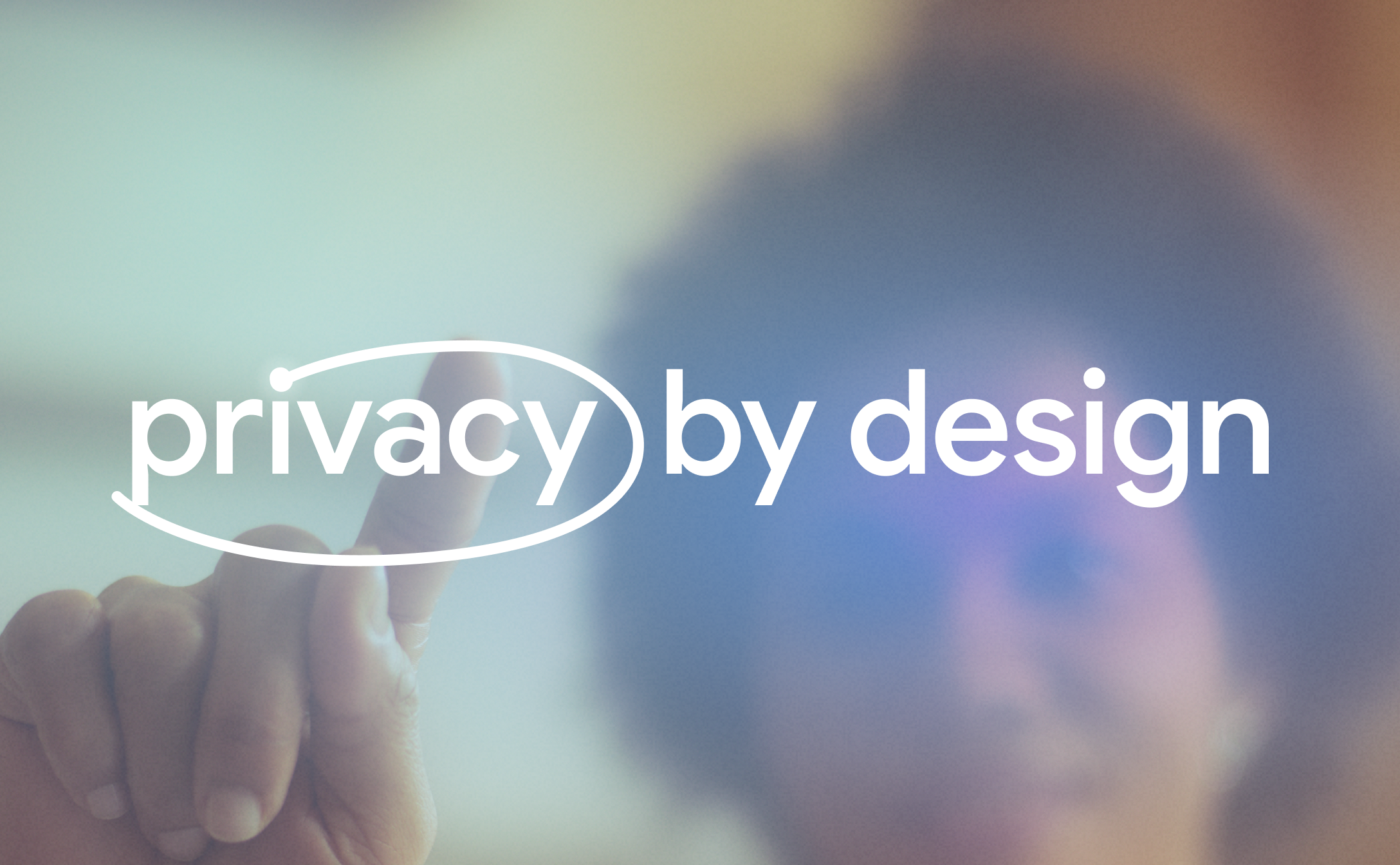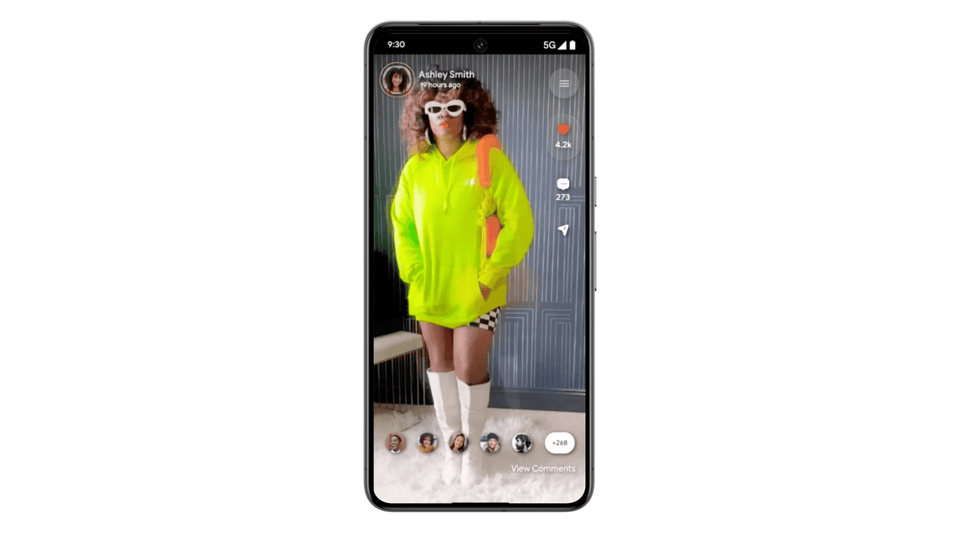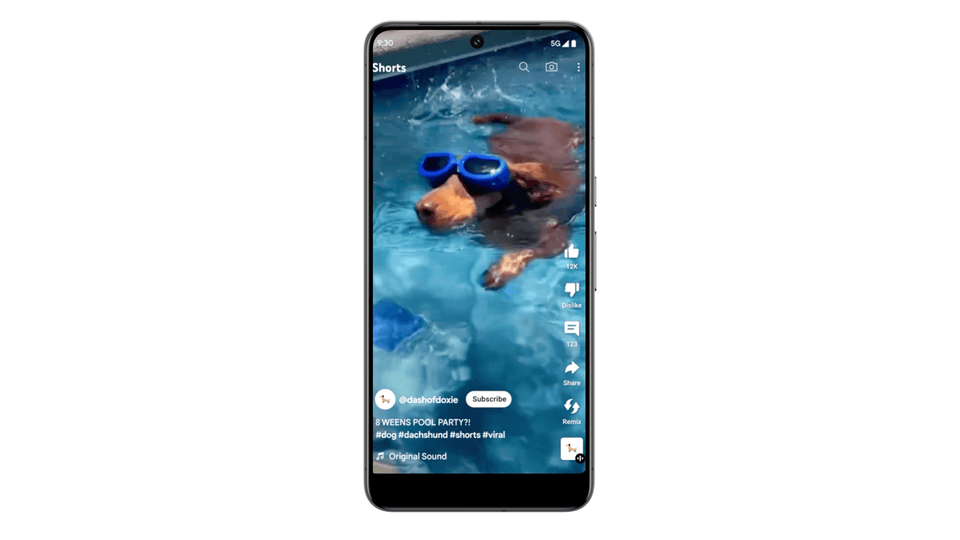Circle to Search only starts a search using the selected part of your screen. So a user first invokes the feature then takes a secondary action of picking the content to search.
Experts also affirmed the importance of easy-to-find controls. While we’ve long committed to making settings and controls simple to use, here we wanted specific feedback on product design choices. We typically leverage user research to understand usability and comprehension, but also wanted to talk to additional privacy experts to understand their point of view. In the end, we made sure that we put the key settings just one click away on the screen.
When you invoke Circle to Search there's a “three dot” menu in the upper right hand corner. From there, users can quickly delete the last 15 minutes of history from their Google account or give feedback on the product. We also know that some users want to go a step deeper in terms of configuring their settings, so you can easily access all Search settings from the list as well.
Bill: I can pick up from there for the last three priorities. Meaningful disclosure practices, simple and intuitive education for the user on the product, so they know what data is being used to power Circle to Search, were really important to the experts and product team.
We also worked closely with experts to corroborate internal best practices from a human rights perspective. As a result of many years developing Lens, we had well-established principles that it made sense for Circle to Search to replicate – namely that search results from Circle to Search are never based on biometrics matching, only exact or similar image matches. For example, Circle to Search for a public figure would return the same picture in different news articles, but Circle to Search a picture of a friend wouldn’t give you other pictures of that friend from the web.
Finally, data practices and transparency was a critical category for us. This included feedback that only the selected area of the screen be used to begin a search, which Mary had already covered, but also telling users that by default Google doesn't save images from the Circle to Search to a user’s search history – which was important to ensure that users retained control over content saved to Google from searches they run.


